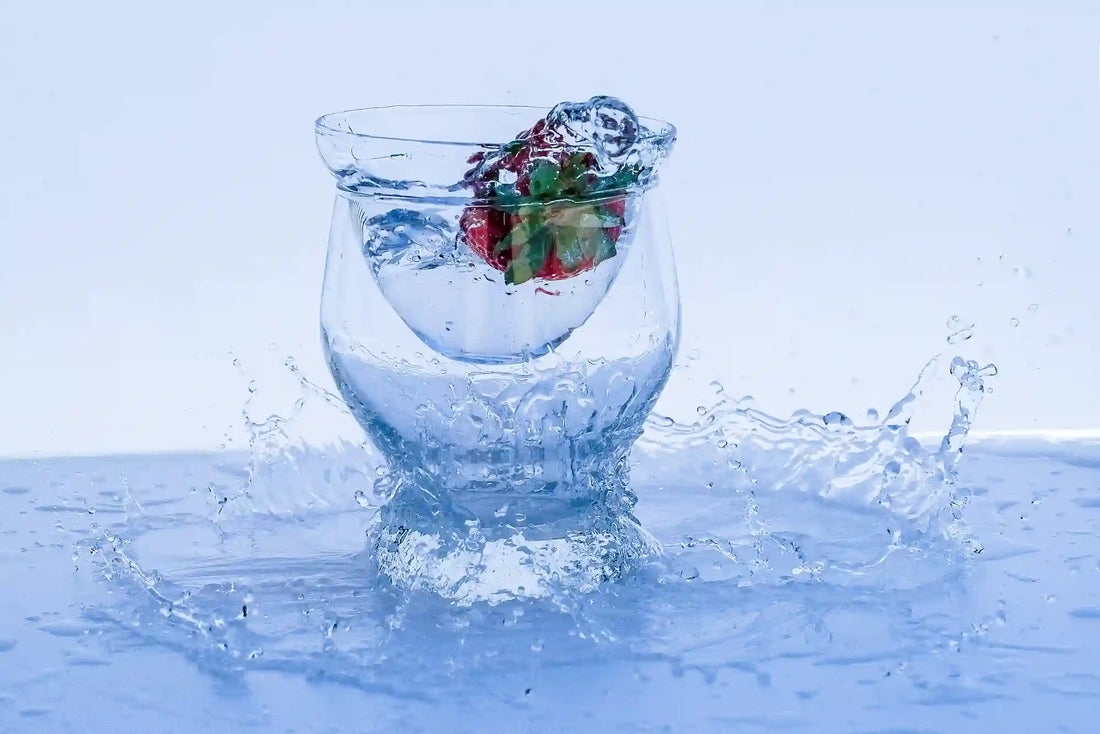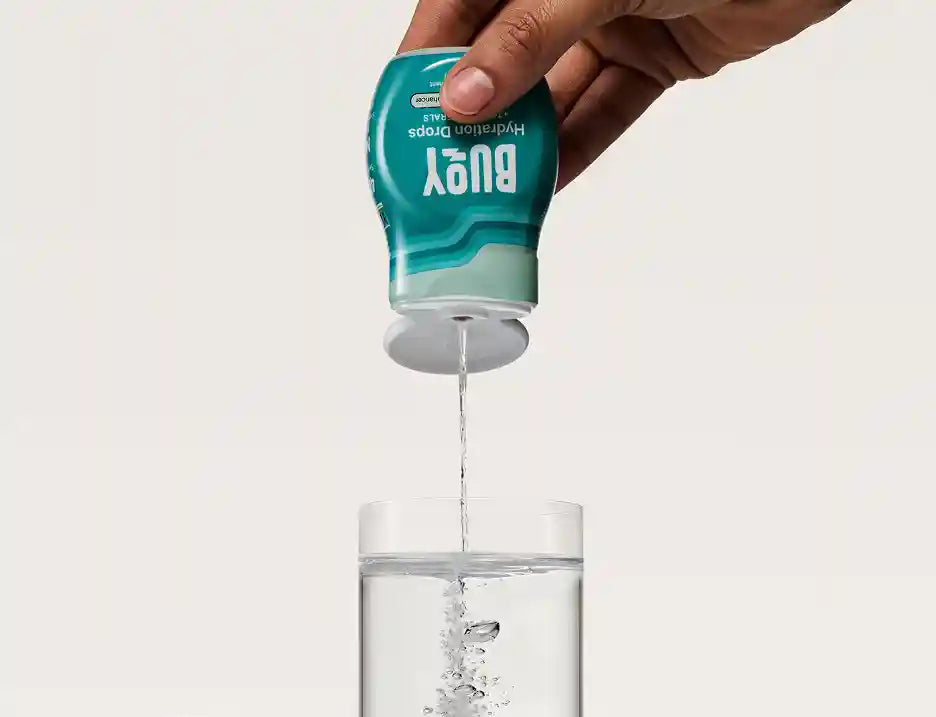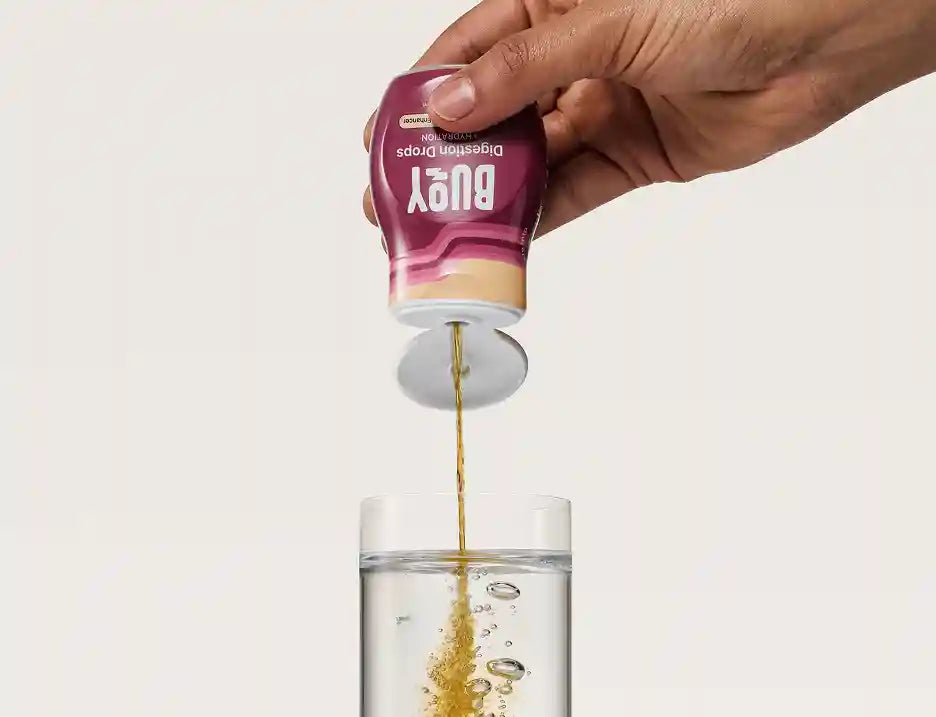
Understanding the Signs of Low Electrolytes
Ever found yourself plagued by a sudden wave of fatigue, crippling muscle cramps, or debilitating dizziness after an intense workout or on a hot day? These unsettling experiences might be the telltale signs of low electrolyte levels coursing through your body (1).
Today, we’re unpacking these signs and offering insight into the critical role of electrolytes and the connection between dehydration and electrolytes.
Essential Takeaways
- Symptoms of low electrolytes, such as muscle cramps, fatigue, irregular heartbeat, and mental confusion, can significantly impact your daily life.
- Recognizing symptoms and understanding your body’s needs is key to preventing electrolyte imbalances before they start.
- Common Indicators of Low Electrolyte Levels
- The Importance of Electrolyte Balance
- Dehydration and Electrolytes: What is the Connection?
- How to Prevent and Treat Electrolyte Deficiency
- A Game-Changer in Electrolyte Replenishment
Common Indicators of Low Electrolyte Levels
Electrolytes are vital minerals, including sodium, potassium, calcium, and magnesium, that carry an electric charge responsible for powering numerous bodily functions. When these electrolyte levels drop below the required levels, it can trigger an electrolyte deficiency, resulting in a range of uncomfortable, and sometimes hazardous, signs and symptoms (1).
Understanding Symptoms of Low Electrolytes
Symptoms of low electrolyte levels can range from mild to severe, depending on the extent of the deficiency. Common signs of electrolyte deficiency include:
- Muscle cramps and spasms: Low electrolytes can interfere with nerve and muscle function, causing involuntary contractions known as cramps.
- Fatigue and lethargy: Electrolytes help maintain energy levels. An electrolyte deficiency can lead to persistent fatigue and feelings of weakness.
- Irregular heartbeat: Electrolytes, particularly potassium and calcium, regulate heart contractions. Electrolyte imbalances can cause an irregular or rapid heartbeat.
- Dizziness and confusion: In severe cases, electrolyte imbalances can affect brain function, leading to dizziness, confusion, and mood changes (1).
It’s important to remember that everyone’s body is different, and you may experience a combination of these symptoms or different ones entirely.
The Importance of Electrolyte Balance
Electrolytes facilitate numerous critical bodily functions. They regulate nerve and muscle function, maintain hydration levels, preserve pH balance, and boost cellular health (1). An electrolyte imbalance can disrupt these processes and lead to the symptoms described above.
Your body works hard to maintain an optimal electrolyte balance, but sometimes external factors, such as intense physical activity, high temperatures, and certain health conditions, can upset this balance, leading to low electrolyte levels (2).
Dehydration and Electrolytes: What is the Connection?
Dehydration and electrolyte imbalance are two sides of the same coin. They are deeply interconnected, and each condition can potentially worsen the other (3).
Understanding Dehydration: A Key Trigger of Electrolyte Imbalance
Dehydration occurs when you lose more fluids than you consume. This fluid loss can occur due to excessive sweating, illness, or simply not drinking enough water. With the loss of fluids, your body also loses essential electrolytes. This double whammy of fluid and electrolyte loss can exacerbate symptoms of dehydration, further impacting bodily functions (4).
How Dehydration Influences Electrolyte Imbalance
Conversely, low electrolyte levels can affect your body's ability to regulate fluid levels, potentially leading to dehydration (3). In simple terms, maintaining hydration isn't just about water—it's also about keeping electrolytes in balance.
How to Prevent and Treat Electrolyte Deficiency
Preventing electrolyte deficiency involves maintaining a balanced lifestyle and diet. Here are some tips:
- Stay hydrated: Drink plenty of fluids, especially during intense physical activity or hot weather.
- Eat electrolyte-rich foods: Foods like bananas, sweet potatoes, avocados, spinach, yogurt, and nuts are rich in various electrolytes.
- Use electrolyte drinks: Electrolyte drinks provide a convenient and efficient way to replenish electrolytes, especially for active individuals (1).
Why Your Diet May Not Provide Enough Electrolytes
Including these foods in your daily diet can promote optimal hydration and overall health. However, soil nutrient and mineral depletion due to over-farming means that even a balanced organic diet may not provide enough essential electrolytes (5.6).
Historically, our water supplied up to 75% of our absorbable mineral content. But today's water purification processes often strip away these vital minerals, leaving us in a deficiency dilemma (7).
Consider a Daily Electrolyte Supplement
Adding Buoy Wellness Drops to your daily routine offers an efficient, scientifically-designed solution that replenishes your electrolyte levels, ensuring you meet your daily needs. Buoy's formula seamlessly integrates with any drink, enhancing your hydration without altering the taste.
Remember, if you suspect you have low electrolytes, don't hesitate to seek medical advice. An electrolyte imbalance can be confirmed with simple blood tests, and your healthcare provider can guide you on the most appropriate and effective treatment path. Listen to your body and respond with care.
The Buoy Effect: A Game-Changer in Electrolyte Replenishment
Navigating the symptoms of low electrolytes can be challenging, especially when you're leading an active lifestyle or enduring sweltering heat. Replenishing and maintaining your electrolyte balance is essential for promoting overall well-being, and that's precisely where Buoy steps in.
As a trusted authority in electrolyte-based solutions, Buoy is revolutionizing how we maintain our electrolyte balance. Their innovative hydration drops are meticulously crafted to combat signs of low electrolytes and support optimal health.
Purposefully unsweetened and unflavored, these electrolyte-rich drops turn any drink into a hydrating, functional beverage. Made without sugar, sweeteners like stevia and dextrose, "natural" flavors, artificial ingredients, calories, or carbs.
Buoy Hydration Drops serve as a convenient, effective solution for individuals constantly on the go. The compact, easy-to-use bottle is loaded with a potent blend of essential electrolytes, including magnesium and potassium. Whether you're at the gym, in the office, or exploring the great outdoors, Buoy makes it effortless to incorporate electrolytes into your routine without any hassle.
The ingenious design of Buoy doesn't just stop at convenience; it goes a step further to prioritize your sensory experience. You can squeeze a dose of Buoy Hydration Drops into any beverage without compromising the drink's taste. The hydration drops seamlessly blend with your drink, enhancing your hydration while preserving the original flavor.
Experience the Buoy effect today! See how this game-changing solution can help replenish and maintain your electrolyte levels, propelling you toward an active, balanced, and vibrant lifestyle.
Start squeezing Buoy into your favorite beverages, and feel the difference.
References:
- Healthline. (2019). Electrolytes: Functions, Imbalance, and Sources. Retrieved from https://www.healthline.com/nutrition/electrolytes
- Shirreffs, S.M., et al., 2004. Fluid and Electrolyte Needs for Preparation and Recovery from Training and Competition. Journal of Sports Sciences, 22(1), pp. 57–63. Retrieved from https://www.tandfonline.com/doi/abs/10.1080/0264041031000140572
- Popkin, B. M., D'Anci, K. E., & Rosenberg, I. H. (2010). Water, Hydration and Health. Nutrition Reviews, 68(8), 439–458. Retrieved from https://www.ncbi.nlm.nih.gov/pmc/articles/PMC2908954/
- Koeppen, B. M. (2009). The kidney and acid-base regulation. Advances in Physiology Education, 33(4), 275–281. Retrieved from https://journals.physiology.org/doi/full/10.1152/advan.00054.2009
- Foley, R. (2010). Nutrient Cycles, Feedbacks and the Climate System in the Anthropocene. Cambridge University. Retrieved from http://www.geo.umass.edu/courses/geo891/jf/Foley&Ramankutty&co_2004.pdf







